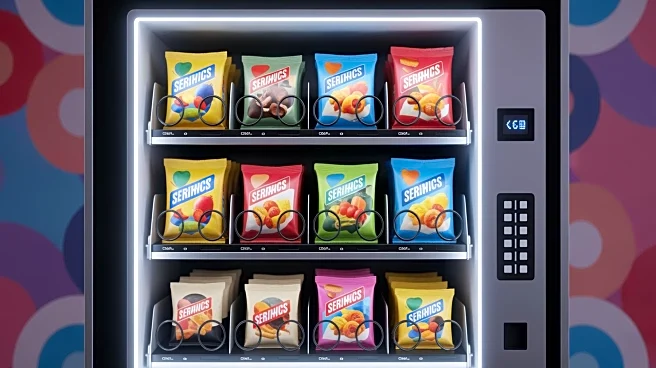What's Happening?
Nostalgic flavors are gaining momentum in the food industry, offering consumers a taste of yesteryear and evoking strong emotional memories tied to childhood, cultural traditions, or significant life moments.
Brands are reintroducing classic flavors and packaging from the past, tapping into the demand for limited-edition products and unique experiences. The trend is driven by consumers seeking comfort and familiarity during uncertain times, with nostalgic flavors providing an escape, familiarity, and joyful memories. This sentiment is reflected in the revival of classic sodas, candy, and recipes, as well as the application of vintage aesthetics in food establishments.
Why It's Important?
The resurgence of nostalgic flavors in the food industry highlights the power of emotional connection in driving consumer interest and brand loyalty. By offering flavors that evoke positive memories, brands can create products that resonate on a personal level with consumers, leading to increased market success. This trend allows companies to differentiate themselves in a competitive market by offering products that provide comfort and familiarity during uncertain times. Additionally, the emotional appeal of nostalgic flavors can enhance brand storytelling and engagement, making them an effective tool for marketing campaigns.
What's Next?
As the demand for nostalgic flavors continues to grow, food brands are likely to explore new ways to incorporate these flavors into innovative products. This could include blending classic tastes with contemporary twists to create something both familiar and refreshingly new. The trend is expected to drive further innovation in flavor development, with companies leveraging consumer insights to create products that resonate emotionally with their target audience.
Beyond the Headlines
The nostalgic flavor trend underscores the importance of understanding consumer psychology and leveraging emotional connections to drive product success. It also raises ethical considerations, as brands must balance authenticity with innovation to maintain consumer trust. The trend highlights the potential for long-term shifts in consumer preferences, influencing future product development strategies and marketing campaigns.











